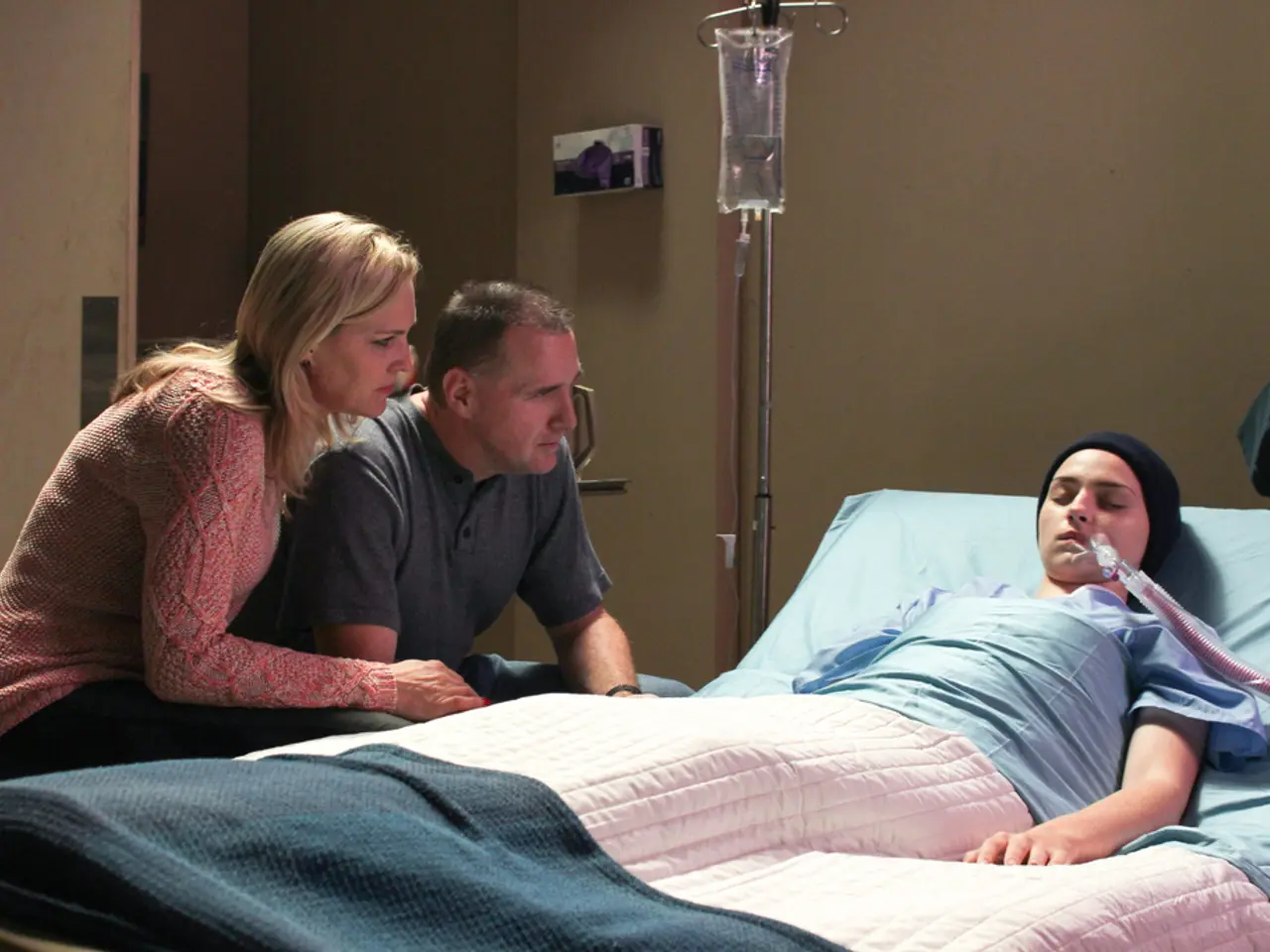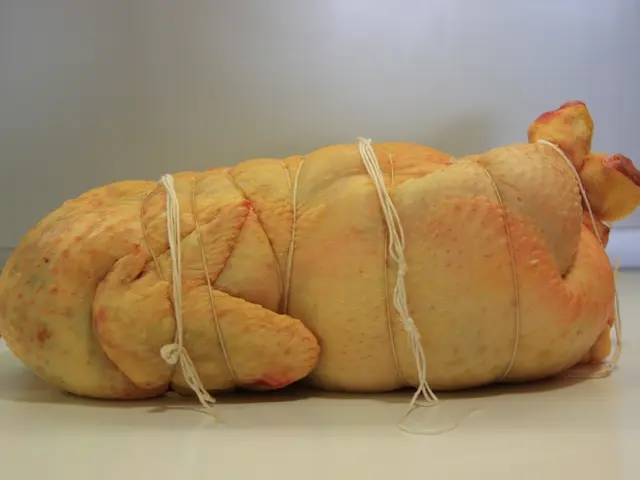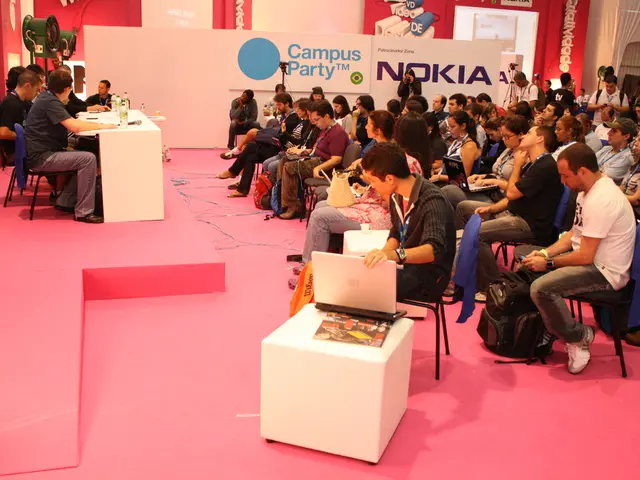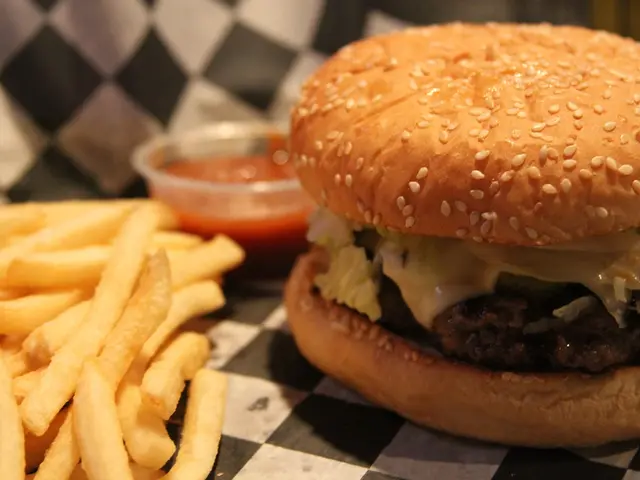5 Methods for Sinus Massage to Alleviate Pressure and Encourage Drainage
Got a nagging sinus headache? You know the feeling all too well – puffy eyes, a blocked-up nose, and a pressure that makes your whole face ache. But there's a simple, natural remedy you might not have tried: sinus massage.
Of course, before you dive in, let's set the record straight. We're not talking about sticking your fingers up your nose here. Rather, we're talking about applying some light pressure to certain regions of your face to help promote drainage and ease the congestion.
"Inflammation in your sinuses causes a buildup of fluid that leads to sinus pressure and discomfort," explains massage therapist Vickie Bodner, LMT. "Applying some targeted massage techniques may help to relieve that congestion and promote fluid drainage."
Here's a step-by-step self-massage that might get you breathing a little easier.
Why Give Sinus Massage a Try
Your sinuses are the four hollow spaces in each side of your head and face that allow air and mucus to flow. They're connected by narrow passageways. When your sinuses are healthy, air and mucus move freely through them and out of your nose. However, when inflamed, these passageways narrow, causing a backup, leaving you with a stuffed-up nose, and the unpleasant side effects we all know too well.
Although there isn't any scientific evidence to support the use of sinus massage, Bodner finds it helpful in her practice.
How to Self-Massage Your Sinuses
Your sinuses have four cavities on each side of your face. The largest are the frontal and maxillary sinuses.
The frontal sinuses are located in the bottom part of your forehead, right around the innermost parts of each eyebrow.
The maxillary sinuses are just under your eyes, behind your cheekbones on each side of your face.
To get sinus relief from massage, you'll want to target any areas where you feel sinus discomfort—whether in your forehead, cheeks, or both. Just remember, keep your touch light. Going too hard on those inflamed sinuses can lead to lightheadedness, dizziness, or even vertigo.
1. Frontal sinus pressure point
One spot in your frontal sinuses that may help get things moving is the pressure point near the inner corners of your eyebrows, where your frontal sinuses drain to your nose.
- Gently trace your index fingers up along each side of your nose, just to where your nose starts to curve and meet your orbital bone (eye bone) near your eyebrows. You may feel a slight ridge there.
- Rest your fingers on that point, applying very light pressure.
- Release the pressure, then reapply the same light pressure or rotate your fingers in small circles on that spot.
- Perform for about five to 10 seconds.
Remember to keep the pressure minimal. Your eyebrows shouldn't squish beneath your fingers.
This pressure point may be a little tricky to find, but once you find it, you'll feel it. You may notice increased warmth or a tingling sensation. That's a sign it's working.
2. Frontal sinus pinch
- Starting at the innermost part of your eyebrows, gently pinch your brows between your thumb and forefinger.
- Hold for a second or two and move slightly outward, toward your temples.
- Repeat until you reach the ends of your eyebrows. It should take four or five gentle pinches to get across your brows.
3. Maxillary sinus pressure point
- Gently trace your index fingers down along each side of your nose, just to where your nostrils meet your cheeks (right at the top of your "smile lines"). You may feel slight dents there.
- Rest your fingers on that point, applying very light pressure.
- Release the pressure, then reapply the same light pressure, or rotate your fingers in very small circles on that spot.
- Perform for about five to 10 seconds.
4. Maxillary sinus sweep
- Use your index fingers to gently press either side of your nose, at the base of your nostrils.
- Circle under your cheekbones, toward your ears, and up to your temples, above your eyebrows, and down the sides of your nose. You'll make a full circle, starting back where you started.
- Try it the other direction, too.
- Complete about five circles or as many as feel good.
5. Frontal sinus sweep
- Start with four fingertips (not your thumb) on each of your eyebrows at the innermost point, nearest your nose.
- Use your fingertips to slowly sweep up and out over your brow line from your nose to your temples.
- With each sweep, move up your forehead about a half inch until you reach your hairline.
When to Consult Your Provider
Sinus pressure can stem from a variety of conditions. Sometimes, home remedies and self-massage aren't enough.
If your pain is accompanied by a fever or persists despite at-home treatments, it may be a good idea to speak with a healthcare provider. It's also essential to consult your provider if you experience chronic sinus pain—lasting 10 days or more.
In the world of wellness, sinus massage is often overlooked, but this simple, natural method may provide the relief you've been searching for. It's time to give it a try.
- Sinus massage, applying light pressure to certain regions of the face, could be beneficial for those experiencing sinus discomfort, as it may help relieve congestion and promote fluid drainage, according to massage therapist Vickie Bodner, LMT.
- Although scientific evidence supporting the use of sinus massage is limited, it appears to be helpful in Bodner's practice, offering potential relief for sinus pressure and related symptoms.
- While incorporating sinus massage into one's health-and-wellness routine, it's essential to consider the importance of proper nutrition and therapies-and-treatments,ensuring a holistic approach to maintaining overall health and fitness-and-exercise.








